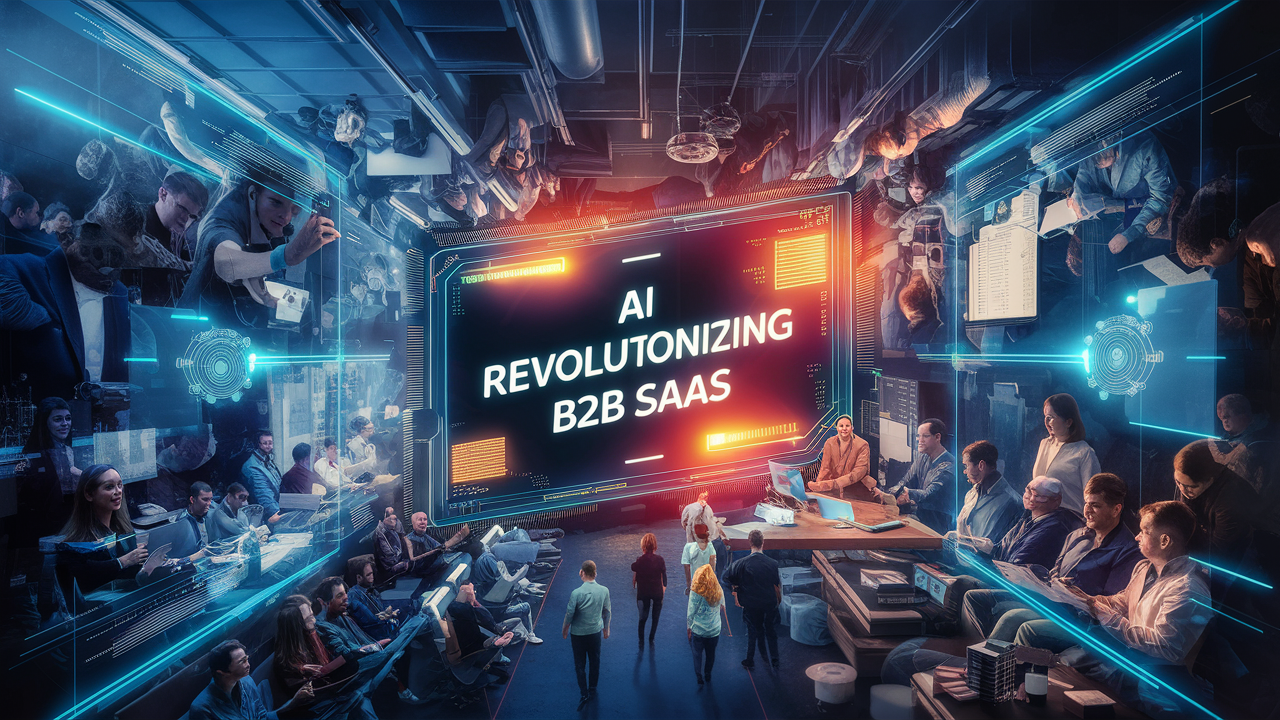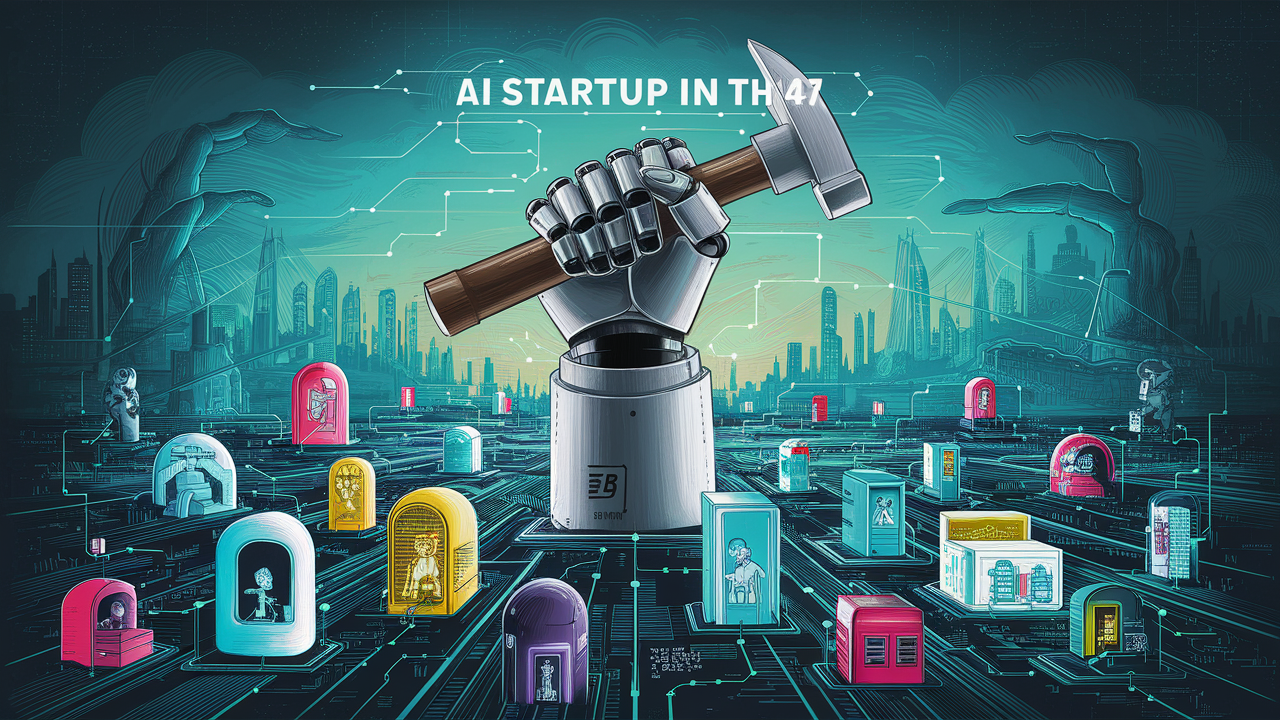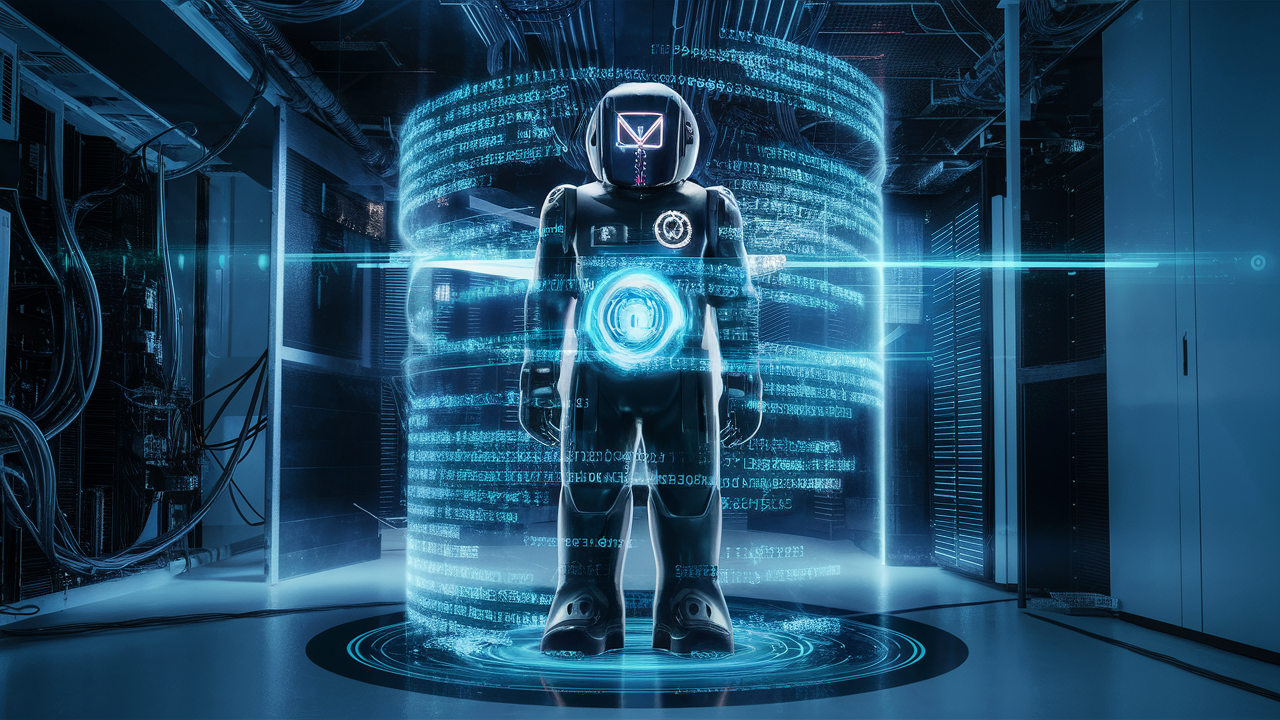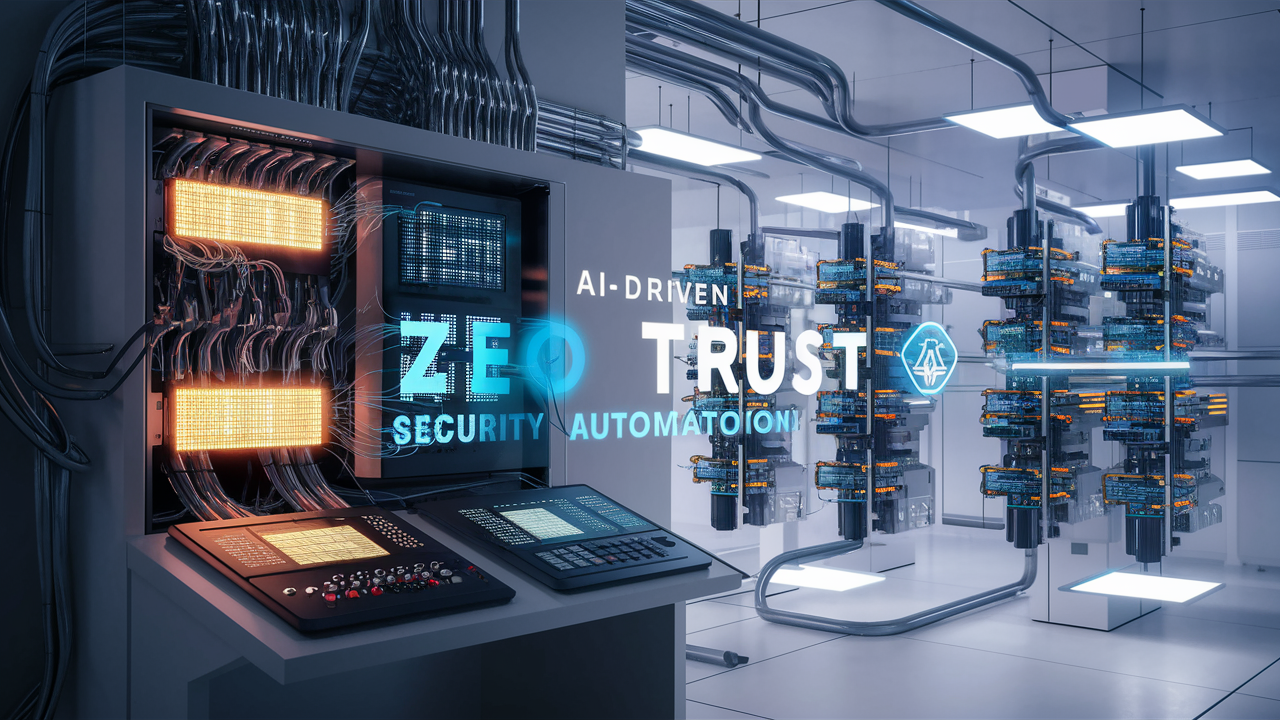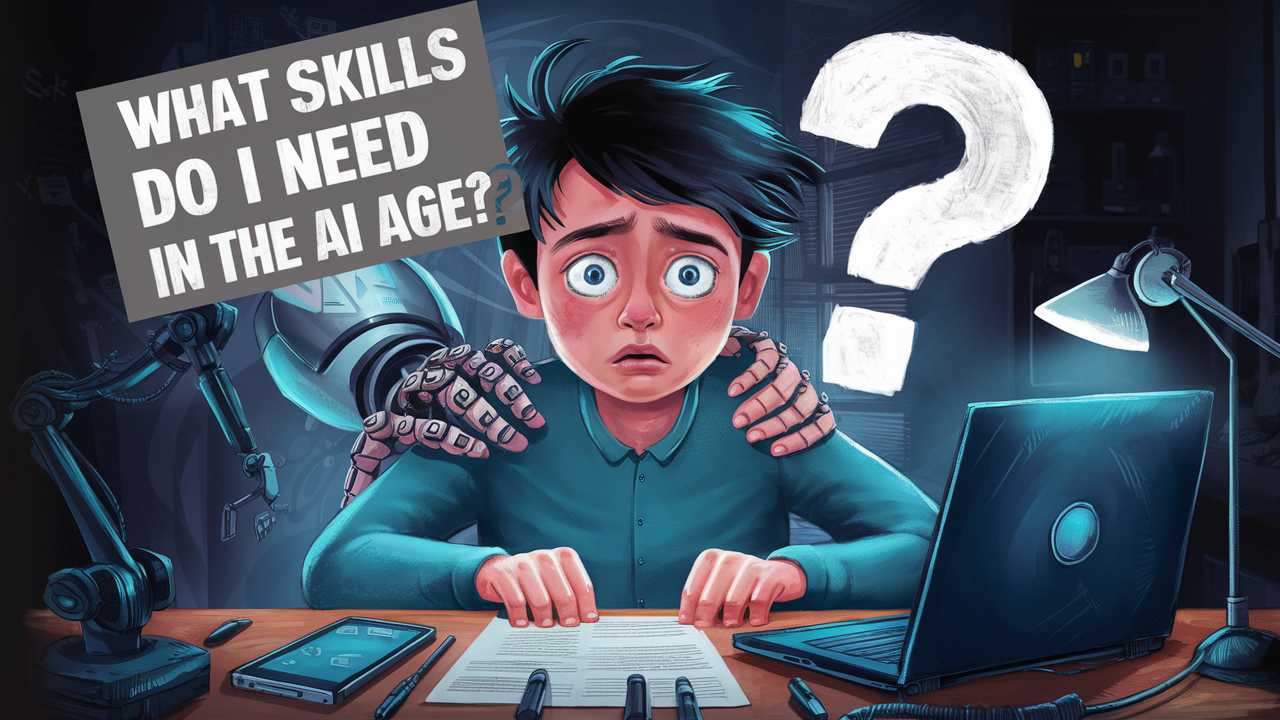
The rise of artificial intelligence (AI) has ignited a wave of both excitement and anxiety. News headlines scream about robots taking over factories and self-driving cars replacing taxi drivers. It's no wonder many people are worried about AI stealing their jobs! But before we hit the panic button, let's take a deep breath and separate fact from fiction.
This article explores the complex relationship between AI and the future of work. We'll delve into the tasks most susceptible to automation, the new job opportunities AI creates, and the skills needed to thrive in this evolving landscape. We'll also explore how to adapt and stay ahead of the curve.
A Historical Perspective: Technology and Job Displacement
The fear of AI taking over jobs isn't entirely new. Throughout history, technological advancements have sparked similar concerns. The Industrial Revolution, for example, saw the rise of machines automating tasks previously done by hand. While some jobs were lost, new ones emerged in factories and industries fueled by this technological leap. AI will likely follow a similar pattern, displacing some jobs while creating new opportunities.
AI and Automation: Which Jobs Are Most at Risk?
So, which jobs are most vulnerable to AI automation? Generally, repetitive, rule-based, and data-driven tasks are prime candidates.
Here are some examples:
- Data Entry: Tasks like filling out forms, processing invoices, and organizing data can be easily automated by AI algorithms that can handle large datasets quickly and accurately.
- Specific Customer Service Roles: AI-powered chatbots can now answer basic customer queries, troubleshoot common issues, and even schedule appointments, potentially replacing the need for human customer service representatives for specific interactions.
- Manufacturing: Robots are already playing a significant role in assembly lines, performing tasks like welding, painting, and packing. As AI and robotics technology advance, this trend is likely to continue.
- Transportation: Self-driving cars and trucks are still in development, but they have the potential to significantly disrupt the transportation industry, impacting jobs currently held by taxi drivers, truck drivers, and bus operators.
Beyond Manufacturing: Other Sectors Impacted by AI
The effects of AI automation extend beyond factories and transportation hubs. Here are some other sectors where AI is likely to reshape the job landscape:
- Retail: AI-powered inventory management systems, cashierless checkout options, and personalized recommendations could impact retail jobs.
- Administrative Roles: Tasks like scheduling meetings, booking travel, and data analysis may become automated, affecting administrative assistants and office support staff.
- Healthcare: AI is already assisting doctors in analyzing medical scans and making diagnoses. While AI won't replace doctors entirely, it could automate some tasks and change how healthcare professionals work.
- Finance: AI algorithms can process loan applications, analyze financial markets, and even develop automated trading strategies, potentially impacting some jobs in the finance sector.
The Human Element: Jobs Where AI Creates Opportunity
While some jobs are at risk, AI also creates entirely new opportunities. Here are some examples of AI-related jobs that didn't exist before:
- AI Engineers: Design, develop, and maintain AI systems.
- Data Scientists: Collect, analyze, and interpret data to train and improve AI algorithms.
- AI Ethicists: Ensure AI development and deployment adheres to ethical principles and avoids bias.
- Robot Trainers: Program and maintain robots for various tasks in manufacturing, logistics, and other industries.
- AI User Experience (UX) Designers: Create user-friendly interfaces for interacting with AI systems.
AI as a Collaborator: How AI Augments Existing Jobs
Even in jobs not directly replaced by AI, the technology has the potential to change how people work significantly. Imagine doctors using AI-powered diagnostic tools to make more accurate diagnoses or financial analysts utilizing AI-generated insights to make informed investment decisions. AI can be a powerful collaborator, augmenting human capabilities and freeing workers to focus on more complex tasks.
This trend of AI augmentation is likely to impact various sectors like:
- Education: AI-powered tutoring systems could personalize learning experiences for students, while teachers can focus on guiding students and fostering critical thinking skills.
- Customer Service: AI chatbots can handle routine inquiries, freeing human customer service representatives to deal with more complex customer issues.
- Idea Generation: AI algorithms can analyze vast datasets of visual elements, musical patterns, or literature, suggesting unique combinations or providing creative inspiration to jumpstart the ideation process.
- Content Creation Assistance: AI can help in tasks like image and video editing, music composition, or even generating basic story drafts, freeing up creators to focus on refining and shaping the bigger idea.
- Personalized Experiences: AI can help designers tailor their work to individual preferences or create dynamic content that adapts to real-time user input, leading to highly engaging interactive experiences.
Staying Ahead: Skills Needed to Thrive in the AI Age
The job market is changing, and staying ahead means embracing lifelong learning and adaptability.
Here's a short list of skills that could become invaluable in the AI-driven economy:
- Technical Skills: Coding, data analysis, and understanding AI concepts provide a solid foundation for collaborating effectively with AI.
- Soft Skills: Critical thinking, creativity, communication, and problem-solving remain essential for navigating complex tasks that AI cannot easily handle.
- AI Literacy: Even those in non-technical fields benefit from understanding how AI functions, its potential biases, and its impact on their industry.
- Agility and Adaptability: Being open to acquiring new skills and embracing change will be crucial as industries evolve.
The Role of Government and Policy
Adapting to AI disruption isn't just an individual responsibility. Governments have a key role to play in preparing workers and creating support systems for those whose jobs may be displaced.
- Retraining Programs: Upskilling and reskilling programs for workers in vulnerable industries will be essential.
- Social Safety Nets: Unemployment benefits, universal basic income, or other programs may need revisiting to mitigate the effects of potential job losses.
- Responsible AI Regulation: Policies addressing potential bias, job displacement, and the ethical use of AI are crucial to ensuring technology benefits society.
The Unpredictable Future of AI and Work
While we can identify trends and potential job impacts, predicting the long-term consequences of AI on the workforce is challenging. Technological progress is often unpredictable, and how AI will reshape various industries will likely unfold over the coming decades.
It is vital to remember that AI is not inherently good or bad. Technology can be a powerful tool for boosting productivity, creating new career paths, and solving complex problems. However, its potential for job displacement and the need to carefully manage ethical implications shouldn't be overlooked.
Human Touch: Skills Where AI Struggles to Replicate
Specific human skills remain difficult for AI to replicate and will likely become even more valuable in the future:
- Empathy: AI struggles to understand and respond to nuanced human emotions, making empathy particularly important in healthcare, counseling, and customer service.
- Complex Communication: Persuasion, negotiation, and conveying complex concepts persuasively still heavily rely on human communication skills.
- Creativity: True originality, creative problem-solving, and generating innovative ideas are still primarily in the human domain, at least for now.
- Leadership and Strategic Thinking: Inspiring teams, setting a vision, and making big-picture decisions are tasks uniquely suited to skilled human leaders.
The Path Forward: A Balanced Perspective
Rather than fearing AI, let's approach this technological shift with a balanced perspective. Change is inevitable, and both opportunities and challenges lie ahead. While some job losses are likely, history suggests that technological progress often creates new avenues for work. The key to thriving in this uncertain future lies in adaptability, a proactive approach to skill-building, and staying informed about the evolving AI landscape.
https://ift.tt/NLjYR5b
https://ift.tt/4K17vfN
https://guptadeepak.com/content/images/2024/04/what-skills-do-I-need-in-the-AI-age-guptadeepak.png
https://guptadeepak.weebly.com/deepak-gupta/will-ai-take-my-job-a-comprehensive-look-at-ais-impact-on-the-workforce
